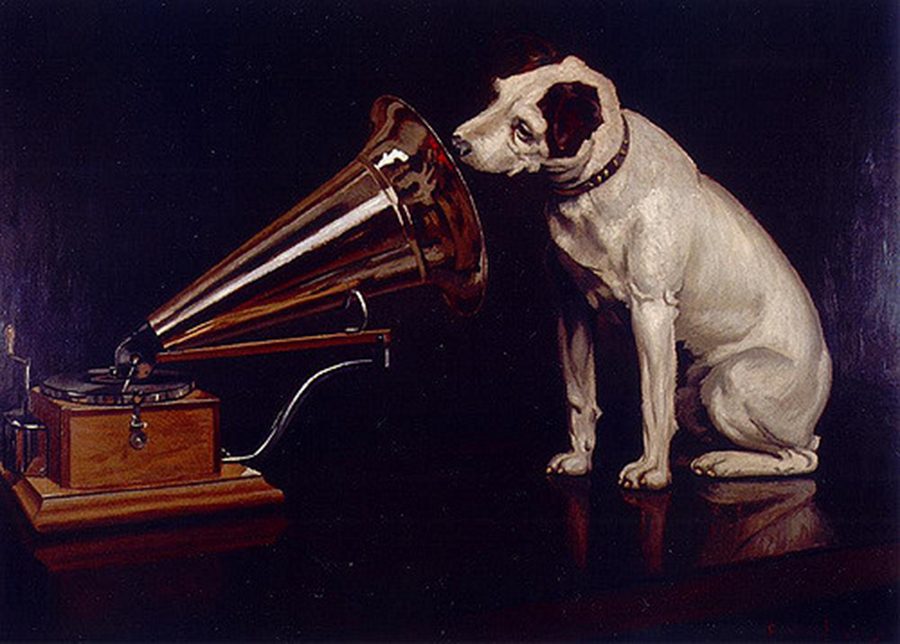Noise pollution: Uniformity monetizes music industry
It’s everywhere – wafting out of car windows, whispered under the breath of strangers, and encircling the collective mind like an invisible but ever-present leash.
It holds popular culture hostage with its infectious rhythm, predictable chorus and criminally simplistic lyricism as it crowds out the world’s top grossing music, one hit single at a time.
Some will argue that pop music has always received pushback from its respective period, a scapegoat for musical frustrations of the time; however, research and studies (that often go unread) are pointing to a pattern, a consistent conclusion that this particular era of music is… bad.
If not bad, then uncannily similar and formulaic – a phenomenon that didn’t birth itself by accident.
Not only is there a consistency and easily identifiable repetition of elements embedded across pop music, but also a similarity that stems from a greater disease: many of the songs that float to the top of the charts are written by the same group of songwriters, to be performed by a variety of respective singers.
Example: Fraser T Smith co-wrote Adele’s ‘Set Fire to the Rain’ and also went on to work on James Morrison’s ‘Broken Strings’ and Taio Cruz’s ‘Break Your Heart.’ He’s also collaborated in the past with Sam Smith, Britney Spears, Keane and Ellie Goulding. To be fair, these are mostly examples of British singers, but this trend is rampant (and probably worse) in America as well.
Naturally, this leads one to wonder what these lyrics are being written about.
A study published in “Evolutionary Psychology” revealed that 92% of the 174 songs that made it to “Billboard’s” Top Ten in the year 2009 contained… reproductive messages. And that doesn’t even mention that the average song is now being written at the intellectually stimulating and thought-provoking reading level of a third grader.
That’s not to say that all pop music is bad; rather, it implies a common shift towards a uniform and consumeristic approach to music. It’s almost fitting that in the age of plastics and manufactured surplus, we have now created a brand of art just as disposable as us.
It’s temporary, brief and getting shorter all the time – a pattern that’s been proven true in individual song length since the 1980s, perhaps evidence of an increasingly limited national attention span. Despite this, there are a few good pop music songs (presumably) that have been able to combat the vacuum of originality and linguistic meaning that’s spewing from radio stations today. My only regret is that I could not obtain a co-writer for this article, so as to gracefully omit his/her name from the cover in one last defiant act of truly poetic irony.

